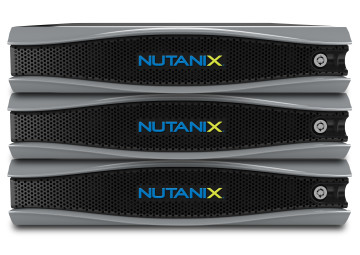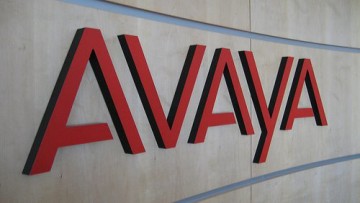 Ericsson has announced that it is expanding its partnership with Cisco to target new corporate clients and the public sector in 2017.
Ericsson has announced that it is expanding its partnership with Cisco to target new corporate clients and the public sector in 2017.
Rima Qureshi told hacks that Ericsson and Cisco think they can make an extra $1 billion each in revenues by 2018 through a partnership which was announced late in 2015 and cash like that is not to be sneezed at.
Qureshi says Ericsson’s Cisco partnership, which generated over 60 deals in the first year, has been mainly focused on telecom operators. Next year, the firms plan to target enterprises and public sector .
She said that the two are looking much closer into how theycan work on the enterprise
“We are investigating what we can do together within Industry & Society, IoT, smart cities and we’re going to target specific public sector segments, specifically for example transportation, utilities … And then of course we’re looking at other segments such as security,” she added.
Qureshi says Ericsson’s forecast to generate up to 25 percent of revenue from business outside of telecom operators by 2020.













